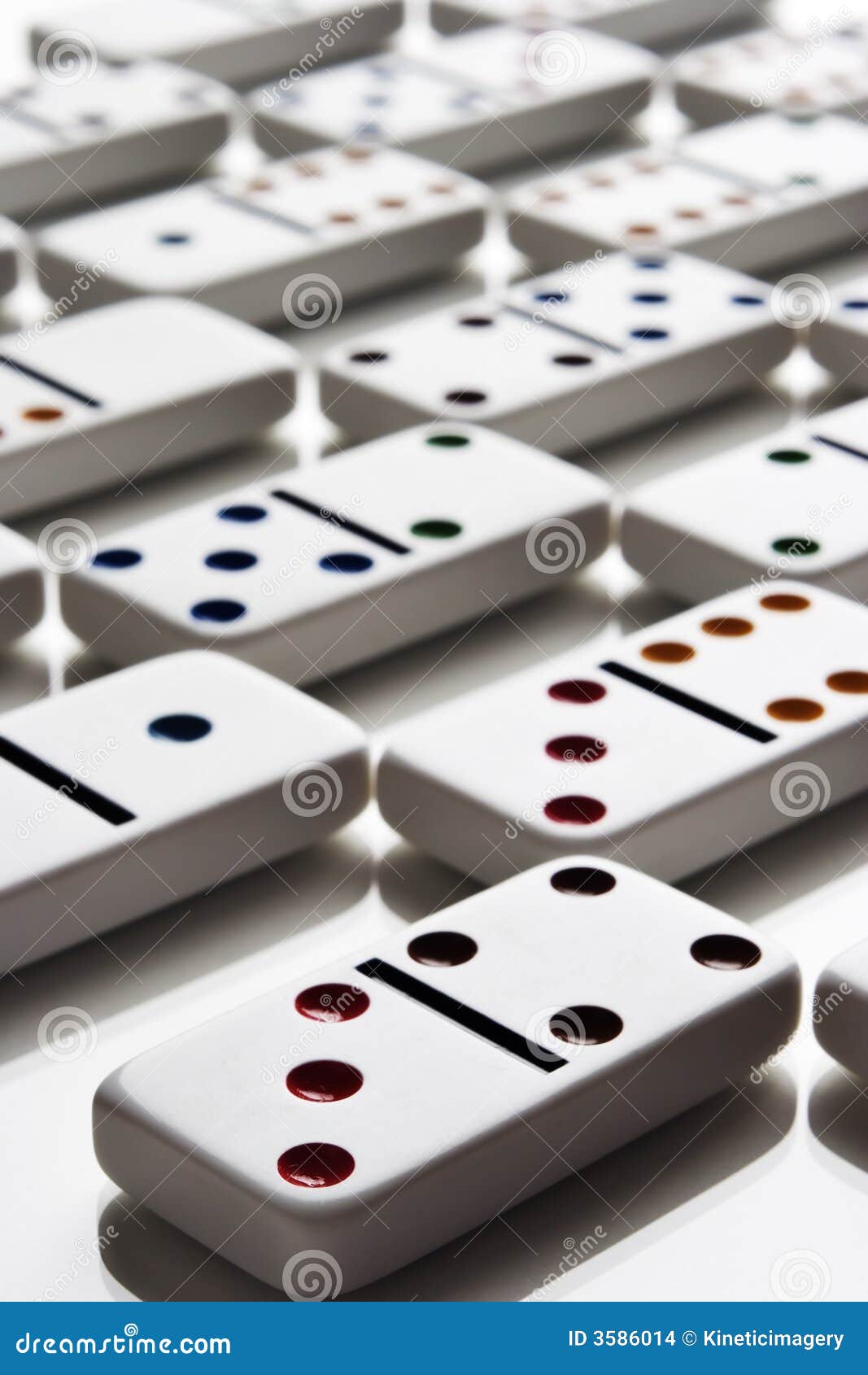
Papa John’s International Inc., with about 5,080 stores in 45 countries, said this month that 60% of its orders come from its phone app and other digital platforms. Pizza Hut last week rolled out its own delivery tracker that gives customers the option of receiving text alerts for updates on their deliveries rather than reopening the Pizza Hut app. that has an industry-leading 16,000 stores in 100 countries, also lets customers order via its phone app, its website, Facebook, Twitter and Echo. Pizza Hut Inc., a unit of Yum Brands Inc. “The convenience of having it ordered with just a push of a button or two and having it delivered to you is really compelling.”Īt the end of the day, if we don’t deliver a great pizza to people, then none of the rest of this matters.ĭomino’s is hardly alone in the pizza business in exploiting the digital trend.
:max_bytes(150000):strip_icc()/DPZ-Chart-02202020-a81dee9e87cc42fd9be46b33479e24f7.png)
Nonetheless, “they offer an everyday value and a good quality product and a good experience in ordering and reordering,” said Alexander Slagle, an analyst with the Jefferies investment firm. Its stock now trades for a rich 36 times the $5.40 a share it’s expected to earn this year, according to analysts polled by FactSet Research Systems Inc., and any slowdown could hurt the shares. One of Domino’s biggest challenges is maintaining that growth. It’s all been reflected in Domino’s skyrocketing stock, which closed Friday at $195.28 a share - a fiftyfold increase from late 2008.

“They just didn’t look great,” and the remodels help sell more pies by enabling customers to better see the pizzas being hand-prepared, he said. The stores “needed a freshening-up,” Doyle said in an interview.

market - where it has 5,400 stores, including more than 500 in California - it accounts for only one of every seven or eight pizzas sold daily, and it plans to open roughly 1,000 additional domestic outlets.ĭomino’s also is about three-quarters through a years-long project to remodel all of its stores, because 35% to 40% of its sales are still carry-out orders.


 0 kommentar(er)
0 kommentar(er)
